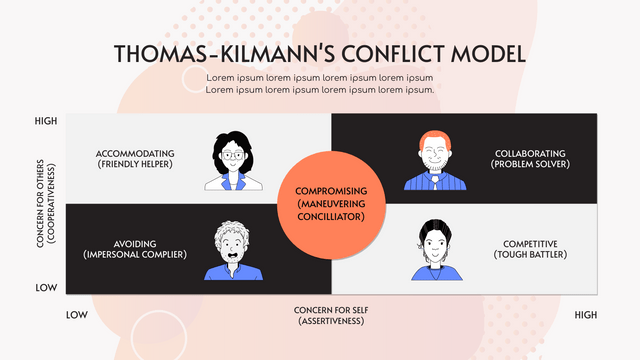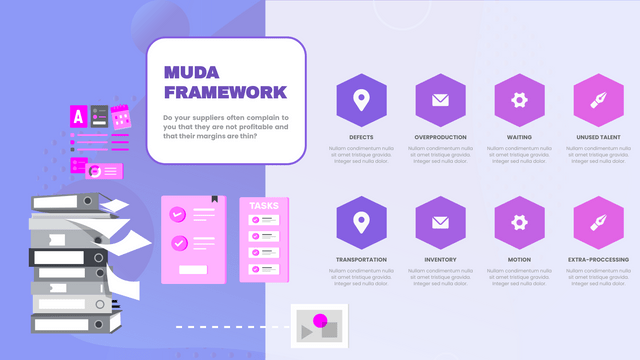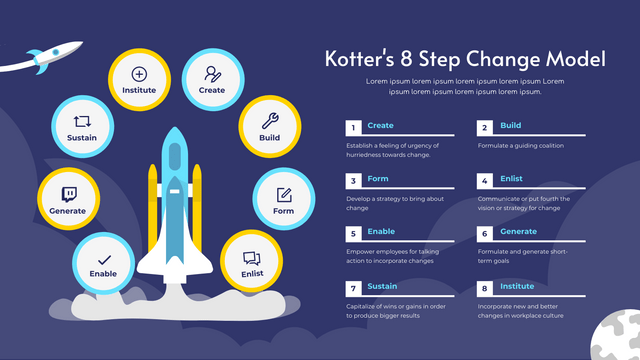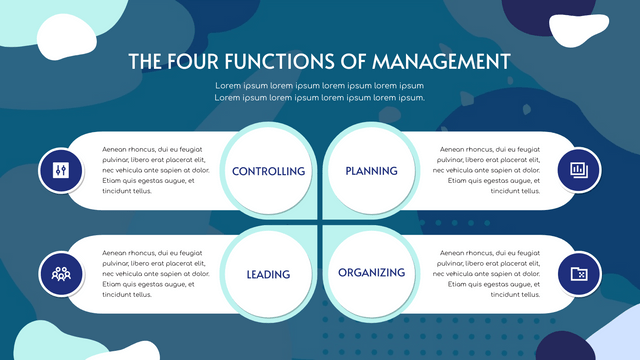What is Burke Litwin Change Model?
W, Burke and Litwin are two well-known organizational change consultants in the 1960s, which affirms three levels of changes in the organization from 12 change drivers. It shows the various drivers of change and ranks them in order of importance. The model is a diagram, and the most important factor is at the top. The lower level becomes less and less important. The model assumes that all factors (more or less) are combined together. Therefore, a change in one factor will ultimately affect all other factors.
The 3 Levels
Among the three levels of change:
The first level is the change of the external environment. It has a direct impact on mission and strategy, leadership and organizational culture.
The second is transactional changes that affect structure, management practices, systems and procedures, and working atmosphere.
Together with change and transactional change, it has an impact on the third level, which in turn affects the individual and organizational performance of the enterprise.
The 12 Factors
The model shows the 12 key factors that organizations must consider when evaluating changes.
The external environment
Mission and strategy
Leadership
Organizational culture
Structure
Management practices
Workplace environment
The working atmosphere
Task requirements and individual skills
Individual needs and values
Employee Motivation
Individual and organizational performance
Let's go through each of them in detail.
The external environment, including market, legislation, competition and economic factors. All of this has an impact on the organization, and as a change manager, you must constantly review the environment of issues that affect you and your team.
Mission and strategy - The mission of an organization defines its reason for existence. It is the basis of all activities. Then, the strategy explains in a broad sense how the organization will accomplish its mission. Usually, the strategy will change according to the situation and will have a significant impact on your work. As a change manager, you need to understand strategic changes and be able to communicate their impact to employees.
Leadership-This takes into account the attitudes and behaviors of senior colleagues and how the entire organization sees these behaviors. The way in which change is achieved and accepted through the organization will be severely affected by the top team. Does your team believe that senior colleagues will commit to change, or is this just another initiative that will disappear in six months?
Organizational culture - It takes into account the beliefs, behaviors, values and practices that prevail in the organization. Cultural change is not an overnight event. It has evolved over time due to many other changes in the organization. As a manager, you should keep in mind the ideal state of the organization, how people are expected to behave (or not to behave), and what your organization values.
Structure - Changes in strategy often lead to changes in organizational structure. This affects relationships, responsibilities, and work styles. Your job is to assess the impact of structural changes and make sure that your team understands why structural changes are needed and what it means to them.
Management practices - what are the actions and procedures that managers take to put the plan into place. Managers, leaders, and staff are taught how to follow rules and regulations, as well as the essence of relationships between ranks and units, through these activities.
Workplace environment-This takes into account the employees’ perceptions of their direct colleagues and the work environment. Our immediate work environment often shapes our perception of the entire organization and affects our job satisfaction. The changes in the immediate work environment need to be managed sensitively, because they may trigger a series of emotional and political reactions from the staff. This is especially true if the change involves moving locations, changing personnel, or changing service conditions (such as working hours).
The working atmosphere - refers to the organizational environment; how the employees' attitudes toward work are; whether they are satisfied with the organizational culture; how do they feel about the leadership.
Task requirements and individual skills - Higher-level changes in the organization often require changes in the work performed and the skills available to the team. As a change manager, you need to evaluate whether: all the right skills are in place: can they be developed: or whether these skills need to be introduced from outside the team.
Individual needs and values - Team dynamics can change as a result of changes in team membership. We would be able to hire appropriate talents for our team in terms of personal appearance, abilities, and expertise in an ideal future. In practice, however, this is not always possible. Your job is to detect and minimize any threats in this area as much as possible.
Employee Motivation - The motivation of employees takes into account the importance of personal and organizational goals. Incentives are the key to effective change. The real challenge is to maintain momentum throughout the change project, especially when the change is often not accepted by those affected.
Individual and organizational performance – Individual performance relates to the ability to achieve targets in a timely and successful way. Individual success adds up to corporate performance. The achievement of business objectives over time serves as the benchmark for measuring organizational success.
The Burke-Litwin model explains three levels and 12 factors of change. Some of these drivers are hard, some are soft, some are tangible, and some are invisible. Organizational change is the manifestation of these complex and interrelated change factors.
Burke Litwin Change Model Template
Here is a Burke Litwin Change Model template created with Visual Paradigm's online strategic analysis tool. You can customize this template by modifying the text, color and font, and use it in your presentations and reports.
















































